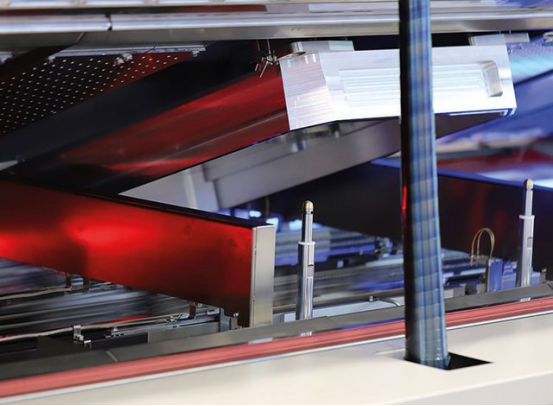What are the effects of reflow soldering temperature on components
Release time:2024-06-21Publisher:Jeenoce
Reflow soldering temperature has various effects on components, mainly including the following points:
1. Impact on welding quality: When the reflow soldering temperature is too high, the molten solder at the welding site will become too active, resulting in irregular shape of the solder joints and the formation of poor welding. This situation may lead to poor electrical connectivity, unstable conductivity between components, and even damage to the circuit board. On the other hand, if the temperature is set too low, it may not be possible to form effective welding points, which can also lead to a decrease in welding quality.

2. Impact on component performance: Excessive temperature may damage the component itself, especially for heat sensitive components such as LEDs, thermistors, etc. Meanwhile, high temperature environments can accelerate the aging process of components, affecting their service life.
3. Forming stress concentration: High temperatures can cause thermal expansion and contraction of materials, which may lead to stress concentration at solder joints or circuit boards. In repeated temperature changes, these stresses may lead to fatigue fracture, causing solder joints or circuit boards to fail.
4. The function of flux: Setting the active temperature too high will cause the flux to lose its cleaning function prematurely, while setting the temperature too low will prevent the flux from playing its cleaning role. Setting the activity time too long can cause excessive volatilization of the flux inside the solder paste, resulting in a lack of flux participation during welding, making the solder joints prone to oxidation and poor wetting ability. If the time is too short, there will be too much flux involved in welding, which may lead to poor welding phenomena such as solder balls and beads.
Therefore, during the reflow soldering process, it is necessary to strictly control the temperature to ensure that the soldering is carried out within an appropriate temperature range, in order to ensure the soldering quality and the performance of the components. At the same time, it is also necessary to adjust the temperature and time of reflow soldering according to the specific situation of the components and PCB board, in order to achieve the best soldering effect.

